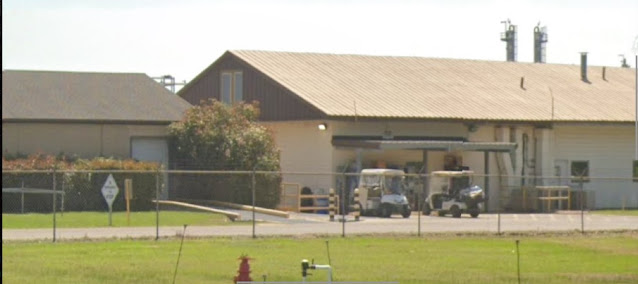Smart Money Moves: 7 Ways an ERV Lowers Costs on Your Commercial Project.
An Energy Recovery Ventilator (ERV) can
significantly reduce energy costs for a small commercial building in the
southern United States by improving the efficiency of the HVAC (Heating,
Ventilation, and Air Conditioning) system. Here are several ways an ERV
achieves this:
# 1 Heat Exchange Efficiency
ERVs transfer heat between incoming and
outgoing air streams. In warm climates, they can cool incoming fresh air by
transferring the heat to the outgoing stale air, reducing the load on the air
conditioning system. This process helps maintain indoor comfort without
requiring as much energy for cooling.
#2 Humidity Control
In humid southern climates, ERVs also
transfer moisture. They can reduce the humidity of incoming air by transferring
moisture to the outgoing air, which reduces the need for dehumidification. This
leads to lower energy consumption as the HVAC system doesn't have to work as
hard to remove excess humidity.
#3 Reduced HVAC Load
By pre-conditioning the incoming air (either
by cooling or dehumidifying it), ERVs reduce the amount of work the HVAC system
must do. This results in lower energy consumption, as the HVAC system can
operate more efficiently.
#4 Improved indoor Air Quality (IAQ
ERVs bring in fresh outdoor air while
exhausting indoor air, which improves IAQ. Better IAQ can contribute to higher
productivity and comfort for occupants, which can indirectly reduce energy
costs by promoting a healthier, more comfortable work environment.
#5 Balanced Ventilation
ERVs maintain a balanced airflow, which helps
prevent over-pressurization or under-pressurization of the building. Proper
pressure balance reduces the infiltration of unconditioned outdoor air, which
can otherwise increase the HVAC load and energy costs.
#6 Reduced Peak Load Demand
By lowering the demand on the HVAC system,
ERVs can help reduce the peak load demand on the building's energy system. This
can result in lower demand charges from utility companies, which are often
based on peak usage periods.
#7 Long-Term Cost Savings
While there is an initial investment in
installing an ERV, the long-term energy savings can outweigh the initial costs.
ERVs typically result in lower utility bills due to decreased energy
consumption for heating, cooling, and dehumidification.
Practical Example
Consider a small office building in a
southern state where summers are hot and humid. Without an ERV, the HVAC system
must cool and dehumidify the outdoor air brought in for ventilation. By installing
an ERV, the building can pre-cool and dehumidify this incoming air, reducing
the HVAC system's workload. Over time, this leads to significant energy
savings, particularly during peak summer months when air conditioning costs are
highest.
We installed a Panasonic Intelli Balance 100 on my recent project for a custom home.
We sealed the entire house and to bring in fresh air we decided on this ERV. The house is 1,800 SF with a 9-foot ceiling height throughout. The cost to supply and install this ERV was $2,400.
As seen from this diagram the incoming air flows across the outgoing air.
The hot outside air is cooled by the outgoing cool air in hot climates. This transfer of energy saves electric costs for the homeowner. For this house, we figured a $50 per month savings based on the electrical costs of $.11 per kilowatt hour. The payback would be 4 years. The Panasonic ERV has a warranty of 6 years and can exceed a 10-year lifespan with regular maintenance.
Retail Project
For Retail and office buildings, The Texas A&M Energy Systems Laboratory conducted an
Analysis of Energy Recovery Ventilator Savings for Texas Buildings. (Enclosed link)
ESL-IC-09-11-31.pdf (tamu.edu)
Their findings are listed above for an office/classroom in College Station, Texas
For a typical office building that only requires 10% outside air, an ERV could save up to $1.00 per CFM of outside air over one year.
The constant replacement of outdoor air with fresh air helps eliminate odors and keep humidity levels low, preventing moisture problems such as mold growth that can result from excess moisture in the air.
Conclusion=
Implementing an ERV in a small commercial building in the south can lead to substantial energy cost savings by improving HVAC efficiency, managing humidity levels, balancing ventilation, and reducing peak load demand. These benefits contribute to a more energy-efficient and cost-effective building operation.
Shettig Construction Management provides Professional Design-Build Construction Management services from the inception of your project through completion. www.shettig.com mshettig@gmail.com












Comments
Post a Comment